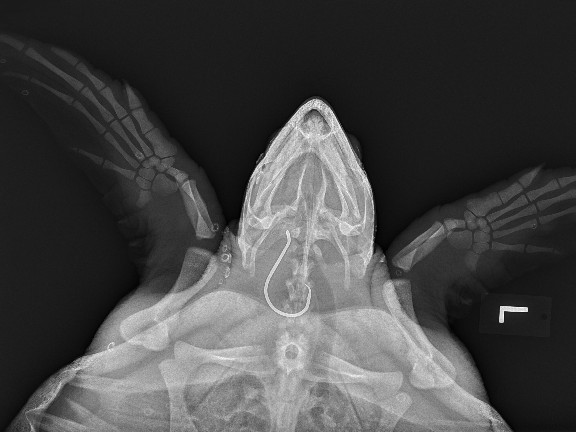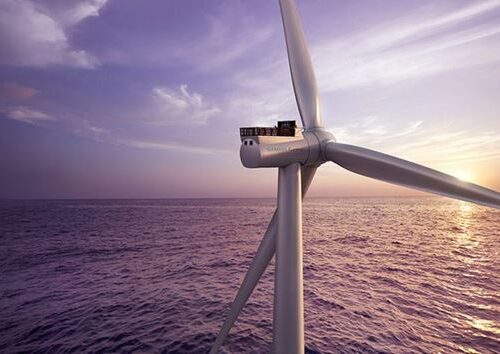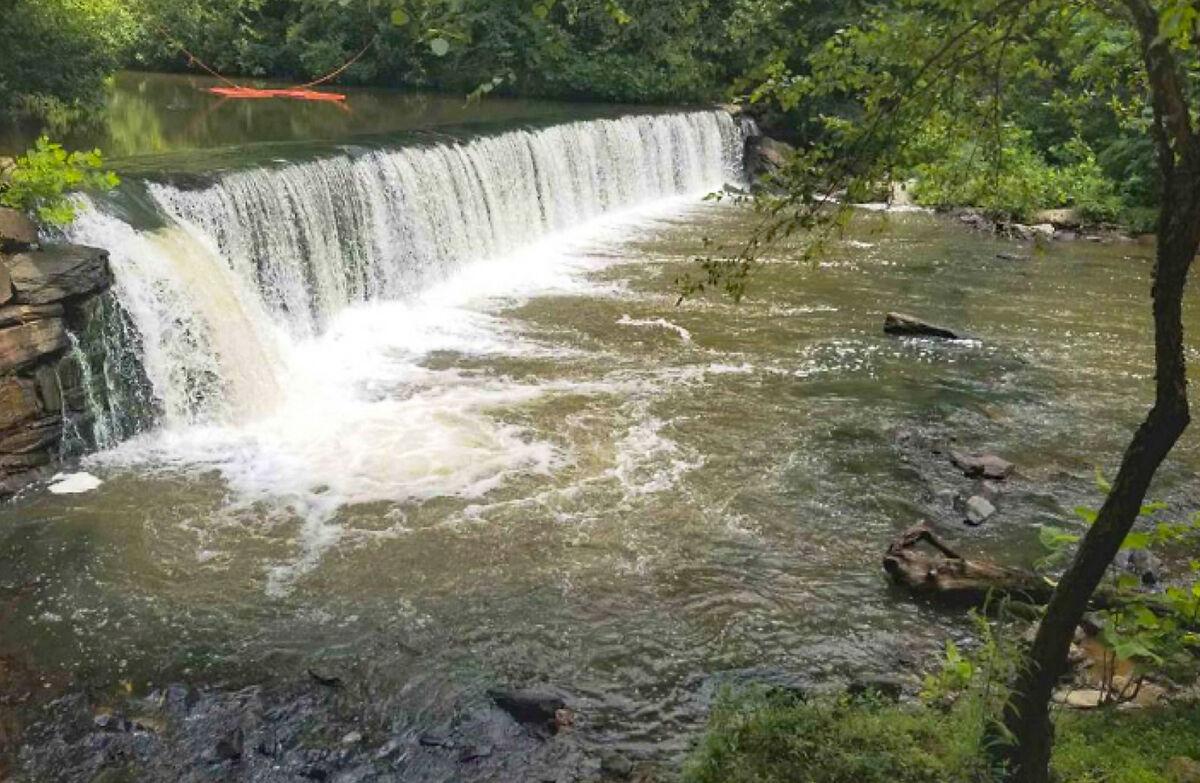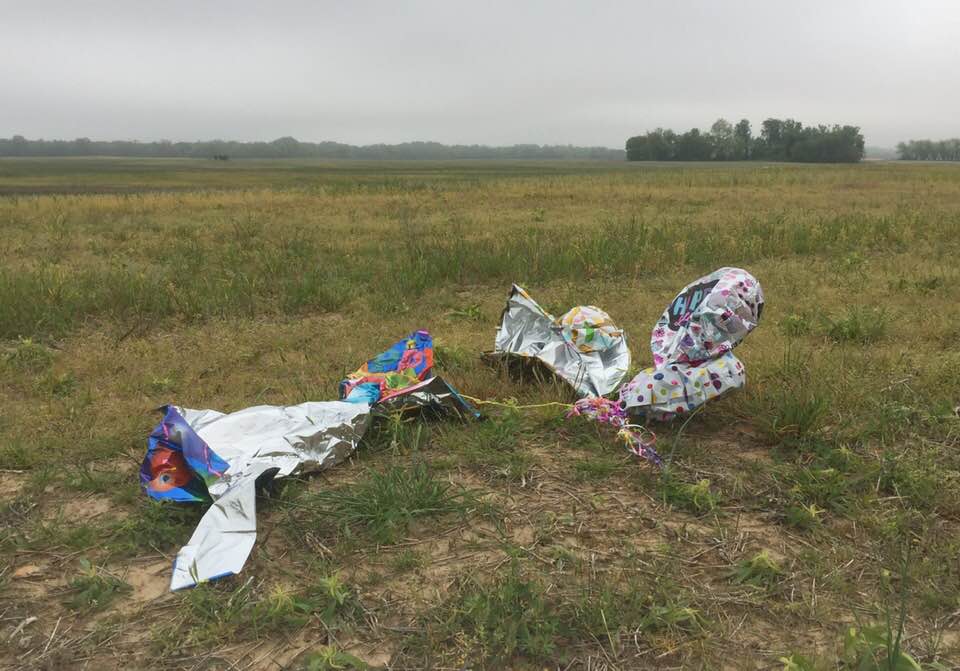Virginia anglers are unintentionally hooking record numbers of sea turtles this year. Fortunately, volunteers are working hard to recover hooked turtles and give them the treatment they need so they can be released back into the wild.
According to the Virginia Aquarium and Marine Science Center, 58 sea turtles have been hooked by anglers in the lower Chesapeake Bay and adjacent ocean waters by the end of June. The previous record for a year was 45 in 2018. All but one of this year’s turtles have been Kemp’s ridley turtles. The other was a loggerhead.
The Kemp’s ridley is the smallest and most endangered of the sea turtles. Adults are under 30 inches long and weigh between 70 and 100 pounds. Their shell is olive green, and can be almost round when looked at from above. Once a male enters the ocean after hatching, it never again puts a fin on land for the rest of its life. They nest in Mexico and Texas, not along the East Coast. The National Park Service reports that the greatest threat to the Kemp’s ridley is egg poaching, followed by entanglement in fishing gear, habitat degradation, and ocean pollution/marine debris. The common loggerhead turtle is hooked less often. They are usually over 30 inches long, and adults commonly weight 200 to 350 pounds. Loggerheads do nest in Virginia.
Mackenzie W. DiNardo, Public Relations Manager for the Virginia Aquarium and Marine Science Center, reports that most of the hooked turtles have come from local fishing piers. “Almost all sea turtle hookings take place near shore, presumably because the turtles are largely foraging in the shallow nearshore waters,” she said. She added that the turtles are hooked on baits such as squid and cut fish. The turtles don’t seem to fall for artificial baits too often.
If you are fishing on a public pier and hook a turtle, contact pier staff. The Buckroe, Ocean View, and Virginia Beach piers all have turtle recovery nets. Use the net to recover the turtle. Call Stranding Response at 757 385-7575. They are available anytime day or night. If you are in a boat or anyplace else, call Stranding Response. In both cases, do not pull or lift the turtle by the line. Do not try to remove the hook—leave that to professionals. You can cut the fishing line about 2 feet from the turtle. Cover the turtle with wet towels and keep it in the shade until Stranding Response arrives. And don’t worry, as you won’t get into legal trouble for accidentally hooking an endangered turtle.
DiNardo added, “Sea turtles do stay in the area through the summer, and we have reported hooked Kemp’s ridleys as late as October.” Therefore, the problem might continue through the summer. ”We sincerely appreciate all of the anglers, Pier Partners and conservation partners that have helped us recover and rehabilitate so many hooked turtles this year—their assistance has gone a long way to help these vulnerable species.”
-Kendall Osborne




